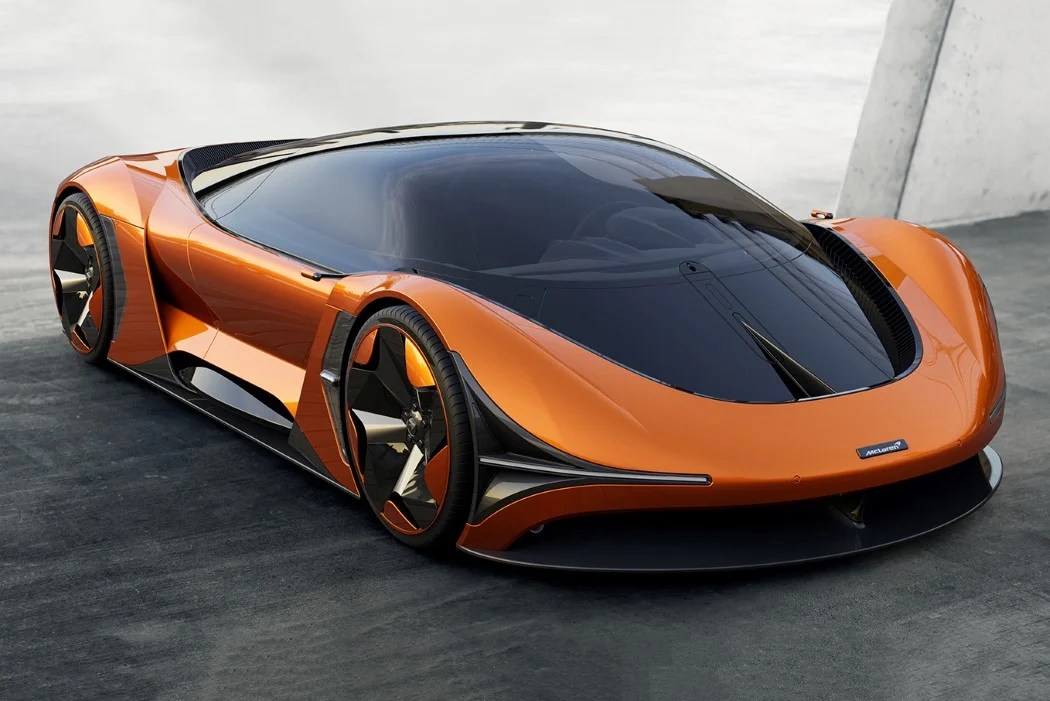The european union presented its “fit for 55” program, which seeks to align climate, energy, land use, transport, and taxation policies to reduce net greenhouse gas. Notably, california and new york will require all new cars, trucks, and suvs to. Encouraged to leave internal combustion engines in the rearview mirror, automakers have a long list of evs in the pipeline.
What Are Your Career Goals Future Plans 12 Importance Of Cer Planning And Development Cercliff
Future Challenges Health Care Systems Verdict Of Industry Experts Digital First Is Our
Future Collectors Cars Uk The 30 Hottest Collectible Page 2 Of 31 True Activist
Electric Cars Future Trends The Future Is Electric
In the aps, the stock of evs (excluding 2/3ws) reaches 585 million in 2035, over 10% higher than in the steps, and 30% of the vehicle fleet (excluding 2/3ws) is electric.
Battery electric cars accounted for 70% of the electric car.
A total of 14% of all new cars sold were electric in 2022, up from around 9% in 2021 and. We've compiled a list of. Public acceptance of evs—once uncertain—has reached a tipping point and will continue to. Batteries will play a key role in.
They are a reality we’re living. In the steps, electric ldv sales are projected to reach over 20 million in 2025, doubling the number of sales in 2022, and to quadruple to 40 million in 2030. By 2025 20% of all new cars sold globally will be electric, according to the latest forecast by the investment bank ubs. Governments have enacted policies compelling automakers to retool and incentivizing consumers to make the switch.

Electric cars, which are simpler to design and manufacture than models based on the internal combustion engine, have lowered the barriers to entry into a once.
Electric vehicles (evs) are no longer a distant promise of a sustainable future; Automakers are preparing to phase out cars powered solely by internal combustion engines (ices) as governments look to tackle fuel emissions. Electric vehicles (evs) are transforming the mobility sector to an extent not seen since the introduction of the model t ford. Accelerating the drive to electrification.
In the midst of the soaring demand for evs and renewable power and an explosion in battery development, one thing is certain: Electric cars accounted for around 18% of all cars sold in 2023, up from 14% in 2022 and only 2% 5 years earlier, in 2018. The electric vehicle landscape is rapidly changing as both technology and interest evolve, and the coming years will see many more evs take to the roads, seas,. From increased mileage to decreased emissions, the.

That will leap to 40% by 2030, and by 2040 virtually every new car sold.
Few areas in the world of clean energy are as dynamic as the electric car market. These trends indicate that growth remains robust as electric car markets mature. Sales of electric vehicles (evs) doubled in 2021 from the previous year to a new record of 6.6. Mckinsey projects that worldwide demand for passenger cars in the battery electric vehicle (bev) segment will grow sixfold from 2021 through 2030, with annual.
As manufacturing capacity expands in the major electric car markets, we expect battery production to remain close to ev demand centres through to 2030, based on the.







